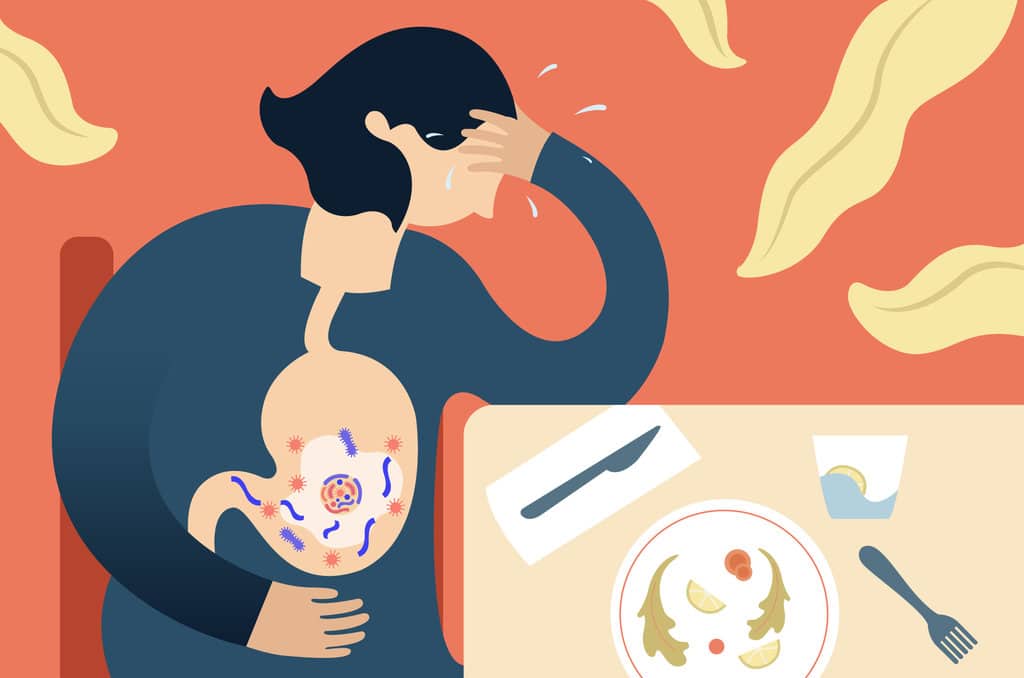Identifying Monoxide Poisoning In The Home And How To Prevent It
One of the leading causes of accidental deaths is monoxide poisoning in the home. This can kill someone in a matter of minutes without any obvious symptoms beforehand. Carbon monoxide (CO) is a poisonous gas that is produced when kerosene, charcoal, gas, wood, or oil is burned. The level of poisonous gas in your home will differ depending on the quality of your burner.
The amount of poisonous gas produced depends on the type of combustion. An efficient burner will produce less carbon monoxide into the air. This makes it more important to keep your burner or chimney in tip top shape. This will reduce the amount of poison gas released into your premises. Having your chimney serviced regularly will let you maintain safer CO levels at home.
Common Causes of CO Poisoning In The Home
A common cause of monoxide poisoning in the home occurs when your exhaust system is blocked from letting CO gas exit your chimney. It may also be a result of a rusted or broken chimney connection or flue which prevents gas from escaping from your chimney. CO in the house can also be produced by an idling lawnmower or vehicle running in a closed garage.
Another cause of CO poisonous gas filling the inside of your home can be a result of backdrafting when a ventilation machine such as a range top fan is used in a closely sealed room. This can reverse the flow of air in your chimney sending more CO gas into your home instead of releasing it into the exterior of your house.
Some homes do not have chimneys but use fuel burning heaters to produce warmth during winter. These and other indoor heating devices that use charcoal, fuel or gas such as gas powered stoves and BBQ grills can causemonoxide poisoning in the home. Open a window or door to let poisonous gas out of the house when these devices are used indoors.
Precautions You Can Take To Prevent CO Poisoning In Your Home
Take note of changes in the color of the flame in your chimney or stove such as a blue flame turning yellow or vice versa which indicate a possible monoxide problem. This may be a warning sign that levels of poisonous gas are increasing inside the house. This lets you be aware of something amiss such as a blocked chimney flue or a malfunctioning stove.
Another way to prevent increasing CO gas levels inside your home is to avoid using burners plus your chimney at the same time. This is a very important piece of advice when using unvented burners or chimneys which produce more poisonous gas inside your house. These devices are not meant for continuous or long-term use. Always follow safety guidelines when using unvented burners.
Aside from observing safety rules, make sure that your burners are properly adjusted. Provide sufficient ventilation or have a good exhaust system installed in your chimney or kitchen. Ask a professional provider to inspect the possibility of your appliances producing monoxide poisoning in the home.
So make sure your chimneys and flues are promptly cleaned on a regular basis – contact us now for a visit to ensure you safety!
